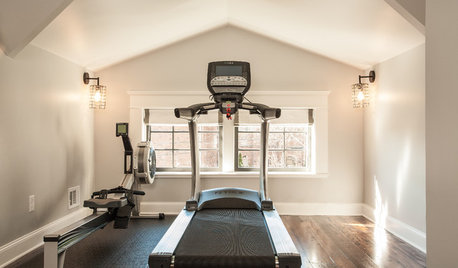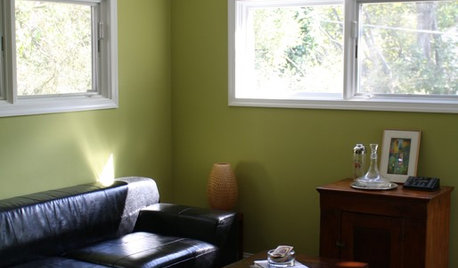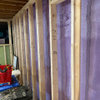Need help to repair hole in unfinished basement
zonabound08
16 years ago
Related Stories

SELLING YOUR HOUSE10 Low-Cost Tweaks to Help Your Home Sell
Put these inexpensive but invaluable fixes on your to-do list before you put your home on the market
Full Story
REMODELING GUIDESWisdom to Help Your Relationship Survive a Remodel
Spend less time patching up partnerships and more time spackling and sanding with this insight from a Houzz remodeling survey
Full Story
HOUZZ TOURSMy Houzz: Online Finds Help Outfit This Couple’s First Home
East Vancouver homeowners turn to Craigslist to update their 1960s bungalow
Full Story
BASEMENTSDesign Workshop: Is It Time to Let Basements Become Extinct?
Costly and often unnecessary, basements may become obsolete — if they aren’t already. Here are responses to every reason to keep them around
Full Story
HOUSEKEEPINGProtect Your House From Winter Water Damage
Avoid costly repairs by learning to spot potential problem areas before water damage is done
Full Story
HOUSEKEEPINGLower Your Heating Bills With Some Simple Weather Stripping
Plug the holes in your house this winter to make sure cold air stays where it belongs: outside
Full Story
REMODELING GUIDESContractor Tips: Finish Your Basement the Right Way
Go underground for the great room your home has been missing. Just make sure you consider these elements of finished basement design
Full Story
HOME GYMSWork In Some Workout Room Right at Home
Exercise good judgment by reshaping an attic, a basement or even a hallway as a gym space
Full Story
SELLING YOUR HOUSEFix It or Not? What to Know When Prepping Your Home for Sale
Find out whether a repair is worth making before you put your house on the market
Full StorySponsored
Industry Leading Interior Designers & Decorators in Franklin County
More Discussions









homebound
jkbogle
Related Professionals
El Sobrante General Contractors · Leon Valley General Contractors · Palestine General Contractors · Ravenna General Contractors · Seal Beach Architects & Building Designers · Cranston Flooring Contractors · Cutlerville Flooring Contractors · Franklin Square Flooring Contractors · Garfield Heights Flooring Contractors · Lake Nona Flooring Contractors · Lodi Flooring Contractors · Lynnwood Flooring Contractors · Maryville Flooring Contractors · Wesley Chapel Flooring Contractors · Westerville Flooring Contractorslazypup
tom_p_pa
lazypup
zonabound08Original Author
homebound
lazypup
tom_p_pa
perel
lazypup
perel